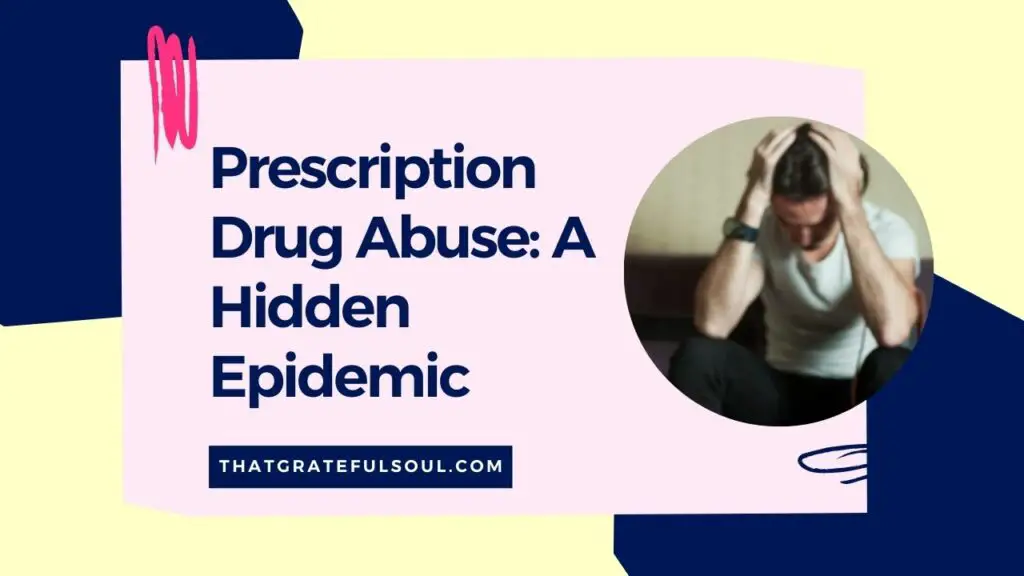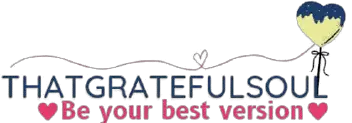Prescription drug abuse has become a pervasive issue, silently spreading throughout communities and affecting individuals from all walks of life.
This hidden epidemic has far-reaching consequences, not only for those directly involved but also for their families and society at large.
As a content writer with expertise in the addiction treatment industry, I aim to shed light on this pressing issue by examining the causes, impact, and potential solutions related to prescription drug abuse.

-
Save
Table of Contents
Understanding Prescription Drug Abuse
Prescription drug abuse refers to the misuse or overuse of prescription medications beyond their intended purposes.
These medications, typically prescribed to treat medical conditions, can include opioids, stimulants, sedatives, and anti-anxiety drugs.
Many individuals may initially take these medications for legitimate reasons, but over time, they can develop a dependence or addiction to them.
1. Causes of Prescription Drug Abuse
Several factors contribute to the rise of prescription drug abuse. One significant factor is the ease of access to these medications.
Prescription drugs are often readily available in medicine cabinets at home, making them accessible to family members and friends.
Additionally, the allure of prescription drugs lies in their perceived safety due to being prescribed by healthcare professionals.
Another contributing factor is the misconception surrounding prescription drugs. Many individuals falsely believe that these medications are less harmful than illicit drugs because they are legally prescribed.
This misconception can lead to an underestimation of the potential risks and dangers associated with their misuse.
2. Impact of Prescription Drug Abuse
Prescription drug abuse has a profound impact on individuals, families, and communities. Physically, the misuse of these drugs can lead to numerous health complications such as respiratory depression, heart problems, organ damage, and even fatal overdoses.
Furthermore, prescription drug abuse often goes hand in hand with mental health issues, as individuals may turn to these drugs to self-medicate underlying conditions such as anxiety or depression.
The emotional toll of prescription drug abuse is equally devastating. Relationships suffer as trust is eroded, and loved ones struggle to understand and cope with the addiction.
Additionally, financial burdens arise from the cost of obtaining prescription drugs illegally, attending rehabilitation programs, or dealing with legal consequences.
Moreover, the ripple effects extend to society, with increased healthcare costs, strain on law enforcement, and lost productivity.
3. Recognizing the Signs of Prescription Drug Abuse
Identifying prescription drug abuse is crucial for early intervention and effective treatment. Some common signs to watch out for include:
- Increased secrecy about medication use and reluctance to discuss prescriptions
- Frequent requests for early refills or running out of medication before the next scheduled refill.
- Drastic changes in mood or behavior, including irritability, aggression, or sudden mood swings.
- Neglecting personal responsibilities, such as work, school, or family commitments.
- Engaging in doctor shopping or seeking prescriptions from multiple healthcare providers.
- Developing a preoccupation with obtaining and using prescription drugs, and experiencing withdrawal symptoms when attempting to quit.
4. Preventing Prescription Drug Abuse
To combat this hidden epidemic, various preventive measures can be implemented. Education plays a crucial role, both for healthcare professionals and the general public.
Healthcare providers should receive proper training to recognize signs of abuse and prescribe medications responsibly.
Additionally, public awareness campaigns can help dispel misconceptions surrounding prescription drugs, emphasizing their potential risks and dangers.
Proper medication disposal is another critical aspect of prevention. Encouraging individuals to safely dispose of unused medications can reduce the availability of prescription drugs for misuse.
Community initiatives, such as medication take-back programs or drop-off sites, can facilitate safe and responsible disposal.
5. Treatment and Support
Individuals struggling with prescription drug abuse require comprehensive treatment and support.
Treatment approaches may include detoxification, counseling, and behavioral therapies tailored to address the unique challenges associated with prescription drug addiction. Support networks,
such as Narcotics Anonymous or other support groups, can provide individuals with a sense of belonging and understanding.
Conclusion
Prescription drug abuse remains a hidden epidemic that demands immediate attention. By understanding the causes, impact, and preventive measures, we can work together to combat this pressing issue.
Education, proper medication disposal, and comprehensive treatment and support are crucial steps toward addressing prescription drug abuse. Let us unite to bring this hidden epidemic into the light and pave the way for healthier, drug-free communities.
-
Save

